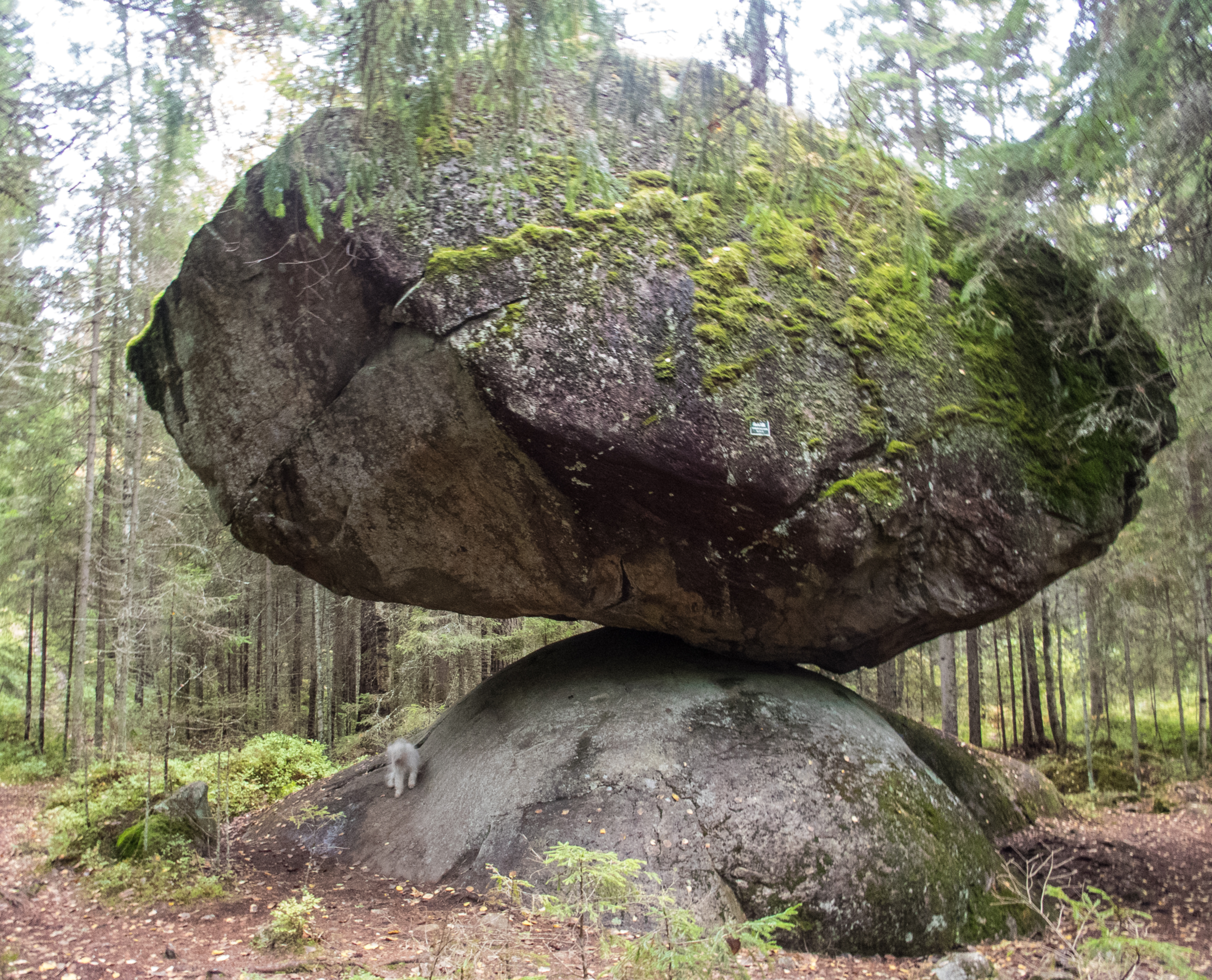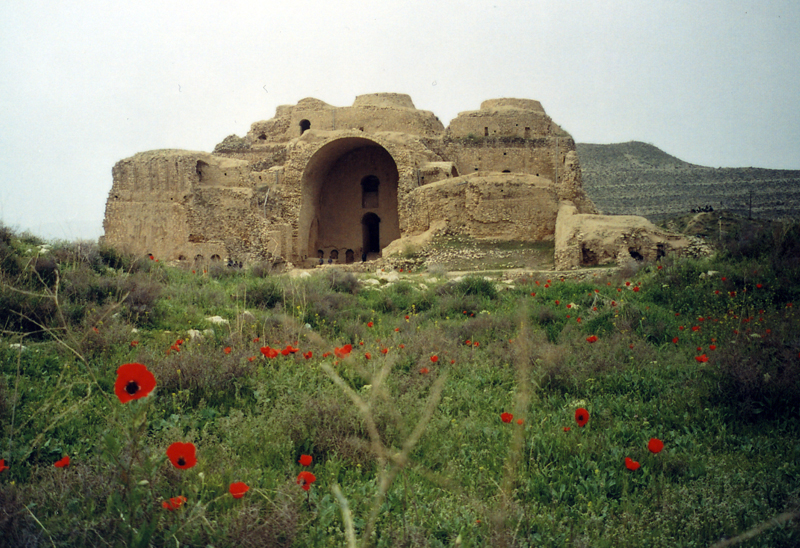|
Gerdab Sangi
Gerdab-e Sangi or Gerdau Bardineh ( fa, گرداب سنگی, lurish language, Lurish: گرداوو بردینه) is a historical stony whirlpool from the Sassanid Empire, Sassanid era located in Takhti Square of Khorramabad in lorestan province. This Building with a diameter of 18 meters and width of 3 meters and a height of 12m of well floor has surrounded around the seasonal well. Well that Gerdab-e-Sangi is fed by it has water from mid-winter to mid-summer and at other times is dry. The stony whirlpool has been constructed of stone, whereas itself is a mixture of stone and Mortar (masonry), mortar. Gerdab-e Sangi is registered on the list of National Monuments. References Khorramabad Buildings and structures in Lorestan Province Sasanian architecture Tourist attractions in Khorramabad {{Lorestan-geo-stub ... [...More Info...] [...Related Items...] OR: [Wikipedia] [Google] [Baidu] |
Khorramabad
Khorramabad ( fa, خرمآباد, Khorramâbâd ), alternatively romanized as Khorramābād, Khoramabad, Khurramabad, Khorram Abad, or Khur Ramābād, is a city and the capital of Lorestan Province, Iran. At the time of the 2016 census, its population was 373,416 persons. Khorramabad is situated on the Zagros Mountains. Khorramabad Airport is 3 km south of the city proper. Khorramabad is the largest Luri-speaking city in Iran. The city population is predominantly Lur and Kurds. Although not a major tourist destination, it is quite scenic and possesses several attractions, such as five Paleolithic cave-dwelling sites. In the city center, a tall citadel called Falak-ol-Aflak (''The Heaven of Heavens''), a relic of the Sassanid era, is now a nationally popular museum. History Pre-Islamic era Simash During the late third millennium B.C. and early second millennium B.C., when Simashki sovereigns was ruling on Elam, for the first time a fort was built on the peak of a n ... [...More Info...] [...Related Items...] OR: [Wikipedia] [Google] [Baidu] |
Iran
Iran, officially the Islamic Republic of Iran, and also called Persia, is a country located in Western Asia. It is bordered by Iraq and Turkey to the west, by Azerbaijan and Armenia to the northwest, by the Caspian Sea and Turkmenistan to the north, by Afghanistan and Pakistan to the east, and by the Gulf of Oman and the Persian Gulf to the south. It covers an area of , making it the 17th-largest country. Iran has a population of 86 million, making it the 17th-most populous country in the world, and the second-largest in the Middle East. Its largest cities, in descending order, are the capital Tehran, Mashhad, Isfahan, Karaj, Shiraz, and Tabriz. The country is home to one of the world's oldest civilizations, beginning with the formation of the Elamite kingdoms in the fourth millennium BC. It was first unified by the Medes, an ancient Iranian people, in the seventh century BC, and reached its territorial height in the sixth century BC, when Cyrus the Great f ... [...More Info...] [...Related Items...] OR: [Wikipedia] [Google] [Baidu] |
Stone
In geology, rock (or stone) is any naturally occurring solid mass or aggregate of minerals or mineraloid matter. It is categorized by the minerals included, its Chemical compound, chemical composition, and the way in which it is formed. Rocks form the Earth's outer solid layer, the Earth's crust, crust, and most of its interior, except for the liquid Earth's outer core, outer core and pockets of magma in the asthenosphere. The study of rocks involves multiple subdisciplines of geology, including petrology and mineralogy. It may be limited to rocks found on Earth, or it may include planetary geology that studies the rocks of other celestial objects. Rocks are usually grouped into three main groups: igneous rocks, sedimentary rocks and metamorphic rocks. Igneous rocks are formed when magma cools in the Earth's crust, or lava cools on the ground surface or the seabed. Sedimentary rocks are formed by diagenesis and lithification of sediments, which in turn are formed by the weathe ... [...More Info...] [...Related Items...] OR: [Wikipedia] [Google] [Baidu] |
Mortar (masonry)
Mortar is a workable paste which hardens to bind building blocks such as stones, bricks, and concrete masonry units, to fill and seal the irregular gaps between them, spread the weight of them evenly, and sometimes to add decorative colors or patterns to masonry walls. In its broadest sense, mortar includes pitch, asphalt, and soft mud or clay, as those used between mud bricks, as well as cement mortar. The word "mortar" comes from Old French ''mortier'', "builder's mortar, plaster; bowl for mixing." (13c.). Cement mortar becomes hard when it cures, resulting in a rigid aggregate structure; however, the mortar functions as a weaker component than the building blocks and serves as the sacrificial element in the masonry, because mortar is easier and less expensive to repair than the building blocks. Bricklayers typically make mortars using a mixture of sand, a binder, and water. The most common binder since the early 20th century is Portland cement, but the ancient binder l ... [...More Info...] [...Related Items...] OR: [Wikipedia] [Google] [Baidu] |
Sassanid Empire
The Sasanian () or Sassanid Empire, officially known as the Empire of Iranians (, ) and also referred to by historians as the Neo-Persian Empire, was the History of Iran, last Iranian empire before the early Muslim conquests of the 7th-8th centuries AD. Named after the Sasanian dynasty, House of Sasan, it endured for over four centuries, from 224 to 651 AD, making it the longest-lived List of monarchs of Persia, Persian imperial dynasty. The Sasanian Empire succeeded the Parthian Empire, and re-established the Persians as a major power in late antiquity alongside its neighbouring arch-rival, the Roman Empire (after 395 the Byzantine Empire).Norman A. Stillman ''The Jews of Arab Lands'' pp 22 Jewish Publication Society, 1979 International Congress of Byzantine Studies ''Proceedings of the 21st International Congress of Byzantine Studies, London, 21–26 August 2006, Volumes 1–3'' pp 29. Ashgate Pub Co, 2006 The empire was founded by Ardashir I, an Iranian ruler who rose to po ... [...More Info...] [...Related Items...] OR: [Wikipedia] [Google] [Baidu] |
Lurish Language
Luri ( lrc, لٛۏری, Łôrī, luz, لُرِی, Lorī) is a Southwestern Iranian language continuum spoken by the Lur people, an Iranian people native to Western Asia. The Luri dialects are descended from Middle Persian and are Central Luri, Bakhtiari,G. R. Fazel, 'Lur', in Muslim Peoples: A World Ethnographic Survey, ed. R. V. Weekes (Westport, 1984), pp. 446–447 and Southern Luri. This language is spoken mainly by the Bakhtiari and Southern Lurs ( Kohgiluyeh and Boyer-Ahmad, Mamasani, Sepidan, Bandar Ganaveh, Bandar Deylam) in Iran. History Luri is the closest living language to Archaic and Middle Persian. The language descends from Middle Persian (Parsig). It belongs to the ''Persid'' or ''Southern Zagros group'', and is lexically similar to modern Persian, differing mainly in phonology. According to the ''Encyclopædia Iranica'', "All Lori dialects closely resemble standard Persian and probably developed from a stage of Persian similar to that represented in Ear ... [...More Info...] [...Related Items...] OR: [Wikipedia] [Google] [Baidu] |
Stone
In geology, rock (or stone) is any naturally occurring solid mass or aggregate of minerals or mineraloid matter. It is categorized by the minerals included, its Chemical compound, chemical composition, and the way in which it is formed. Rocks form the Earth's outer solid layer, the Earth's crust, crust, and most of its interior, except for the liquid Earth's outer core, outer core and pockets of magma in the asthenosphere. The study of rocks involves multiple subdisciplines of geology, including petrology and mineralogy. It may be limited to rocks found on Earth, or it may include planetary geology that studies the rocks of other celestial objects. Rocks are usually grouped into three main groups: igneous rocks, sedimentary rocks and metamorphic rocks. Igneous rocks are formed when magma cools in the Earth's crust, or lava cools on the ground surface or the seabed. Sedimentary rocks are formed by diagenesis and lithification of sediments, which in turn are formed by the weathe ... [...More Info...] [...Related Items...] OR: [Wikipedia] [Google] [Baidu] |
Buildings And Structures In Lorestan Province
A building, or edifice, is an enclosed structure with a roof and walls standing more or less permanently in one place, such as a house or factory (although there's also portable buildings). Buildings come in a variety of sizes, shapes, and functions, and have been adapted throughout history for a wide number of factors, from building materials available, to weather conditions, land prices, ground conditions, specific uses, prestige, and aesthetic reasons. To better understand the term ''building'' compare the list of nonbuilding structures. Buildings serve several societal needs – primarily as shelter from weather, security, living space, privacy, to store belongings, and to comfortably live and work. A building as a shelter represents a physical division of the human habitat (a place of comfort and safety) and the ''outside'' (a place that at times may be harsh and harmful). Ever since the first cave paintings, buildings have also become objects or canvasses of much artis ... [...More Info...] [...Related Items...] OR: [Wikipedia] [Google] [Baidu] |
Sasanian Architecture
Sasanian architecture refers to the Persian architectural style that reached a peak in its development during the Sasanian era. In many ways the Sasanian Empire period (224–651 CE) witnessed the highest achievement of Iranian civilization, and constituted the last great pre-Islamic Persian Empire before the Muslim conquest. Much of Sasanian architecture was adopted by Muslims and became part of Islamic architecture. The Sasanian dynasty, like the Achaemenid Empire, originated in the province of Persis ( Fars). They saw themselves as successors to the Achaemenians, after the Hellenistic and Parthian dynasty interlude, and perceived it as their role to restore the greatness of Persia. Origins In reviving the glories of the Achaemenian past, the Sasanians were no mere imitators. The art of this period reveals an astonishing virility. In certain respects it anticipates features later developed during the Islamic period. The conquest of Persia by Alexander the Great had inaugura ... [...More Info...] [...Related Items...] OR: [Wikipedia] [Google] [Baidu] |






